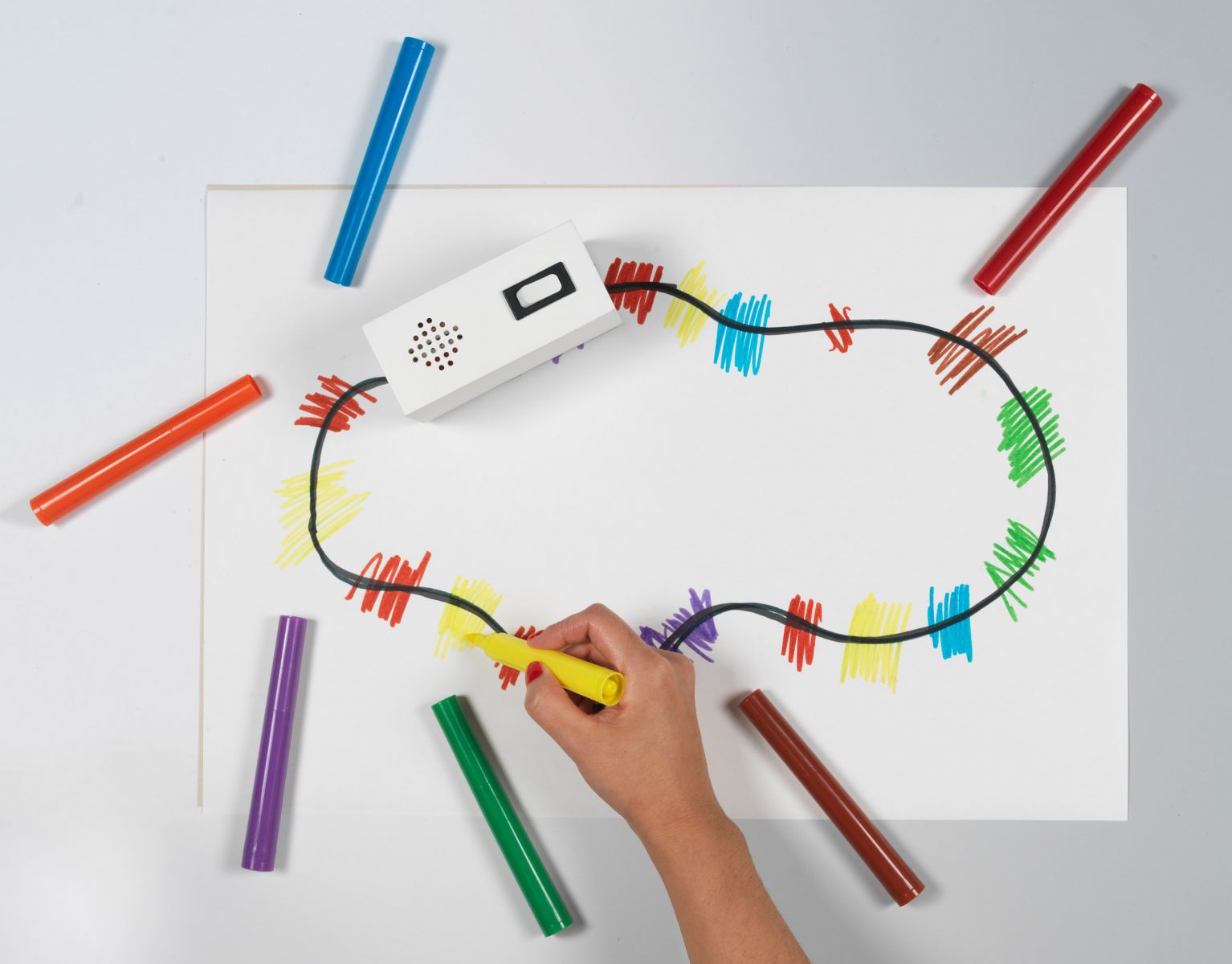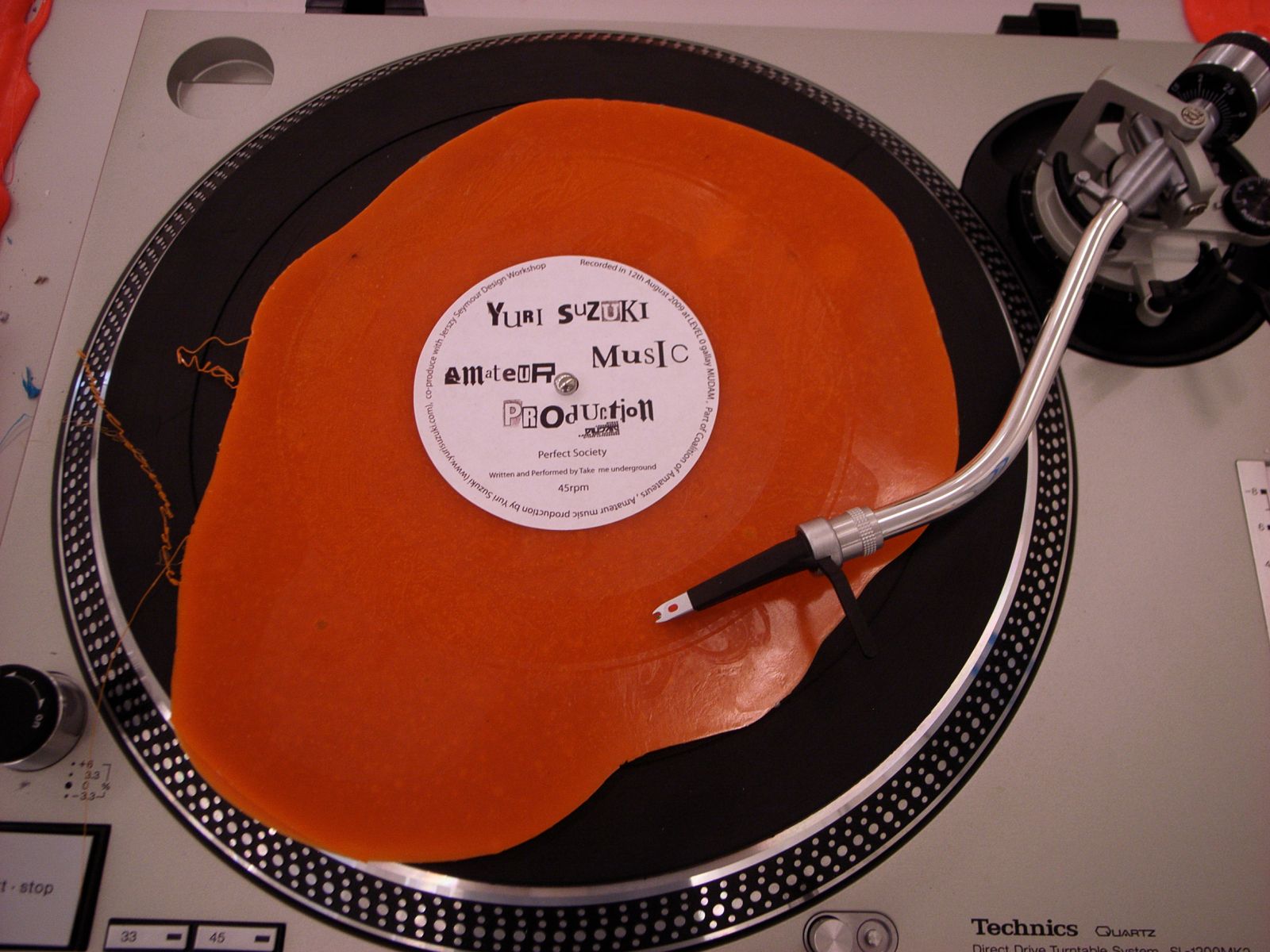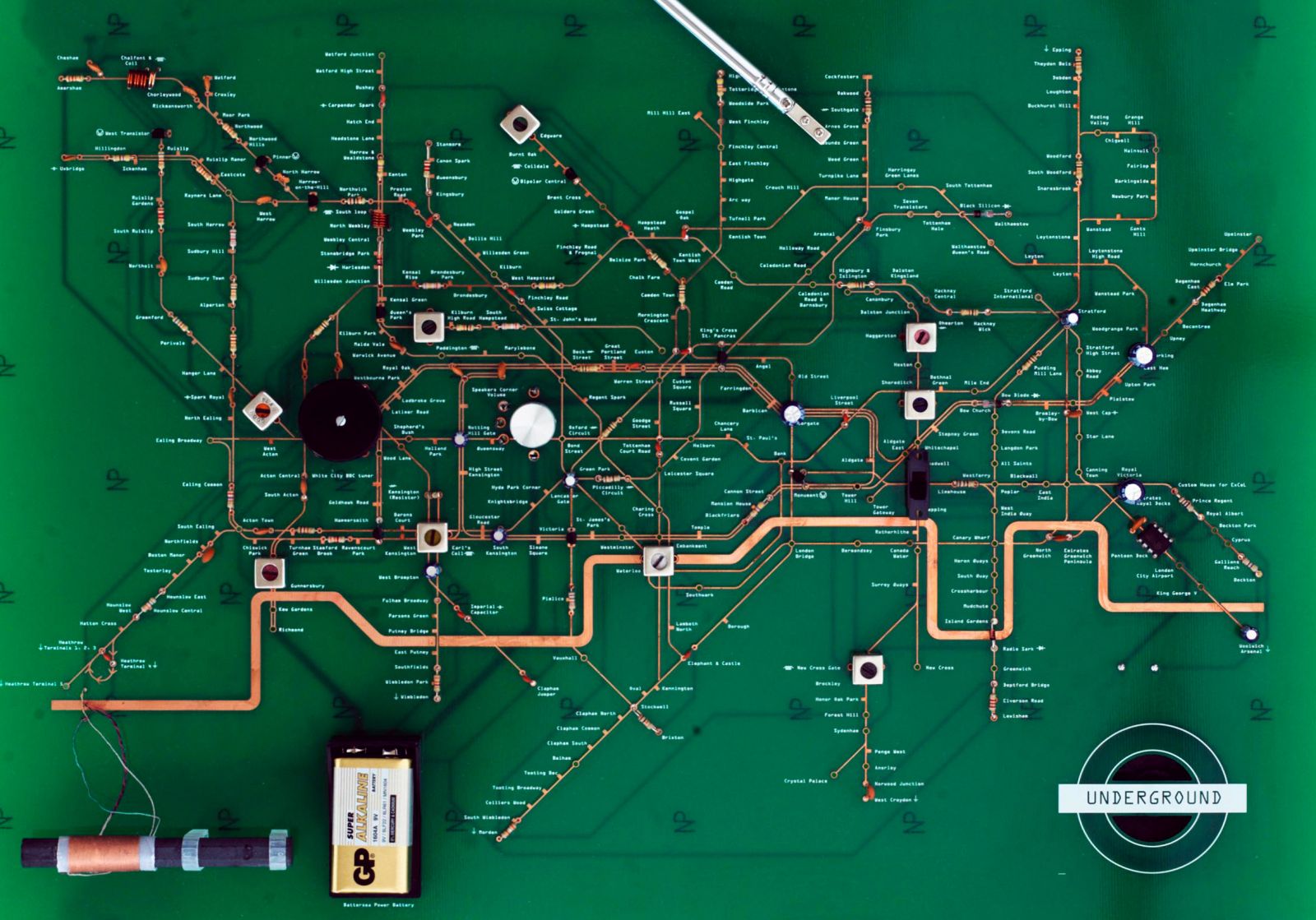Yuri Suzuki's work explores how the world of sound can be made more concrete through its relationship to objects and technology.
In addition to the Sound in Mind installation, where Suzuki installed a network of listening tubes in the main courtyard of the building last year, Suzuki also presented some "different and fun" projects at the Design Museum in London.
Suzuki, the first sound designer to join the museum, stated that music and sound can really help each other in communication and physicality can emphasize the presence of sound.
Here are seven outstanding projects from Suzuki:
Acoustic Pavilion / Sound in Mind
Sound in Mind was first exhibited in 2015 in the Saint-Pierre church, designed by Le Corbusier in Firminy, France. Visitors are invited to assemble tubes to make listening devices of various shapes and sizes.
Different shapes created different sound effects. "This project was about the participation of people who built their own sculptures," Suzuki said.
The structure at the Design Museum was designed to climb a ladder in the atrium.
Sonic Playground
After the Acoustic Pavilion, Sonic Playground was a series of sculptural horns installed outside the High Museum of Art in Atlanta, Georgia, in 2018. These are designed to encourage interaction between strangers.
One person may scream or shout at one end, while another person may insert their head into the tube at the other end to hear the result. Different distortion effects were applied and sounds came out from different places, so the result was often surprising.
OTOTO
OTOTO is an electronic device that allows you to turn any object into a musical instrument. Colorful alligator clips connect everything from a solid object to a liquid to a synthesizer, in which case any touch causes the device to sound. It's also possible to change the type of sound each object makes.
The project stemmed from Suzuki's frustration in trying to understand computer programming. He wanted to make it easy for everyone to experience making electronic music.
Color Chaser
This is a toy-like project developed by Suzuki in response to his own struggles to make music. Being dyslexic was one of the biggest obstacles to her being unable to read the notes.
Color Chaser was born from a desire to create a kind of musical notation that can be drawn by anyone. A robot follows the lines drawn with a felt-tip pen and makes a corresponding sound when it passes over a color.
Amateur Music Production
This project, co-created by Suzuki with Jerszy Seymour, thinks the rise of digital music means that analogue media such as CDs or tapes will soon become little more than a memory.
The duo developed a primitive stamping device that allowed people to make their own vinyl records as records of their digital purchases.
Tube Map Radio
Suzuki created this radio, which takes the form of the London Underground map, in 2012 for the Design Museum's Residence Designers program. Each component has a reference, for example, the battery is located at the Battersea Power Station and a speaker could be found in the Speakers Corner.
The idea was to make it easier for people to understand how the circuit works and how to fix it if necessary. It was a reaction to today's consumer culture where it is often easy to replace rather than repair.
Ses Taxi
This 2012 installation saw Suzuki transform a typical London taxi into a sound machine. Covered with speakers and microphones, the vehicle recorded the sounds of the city and turned it into music.








Recent Blog Posts
